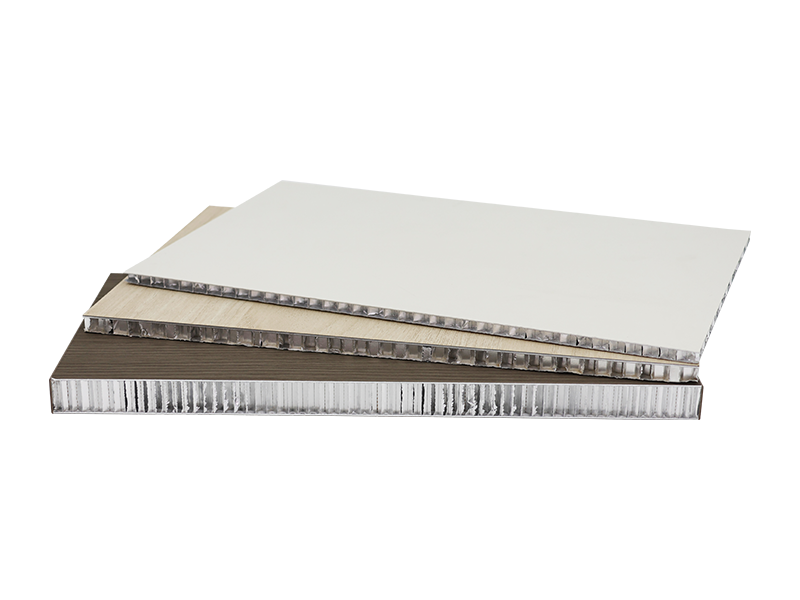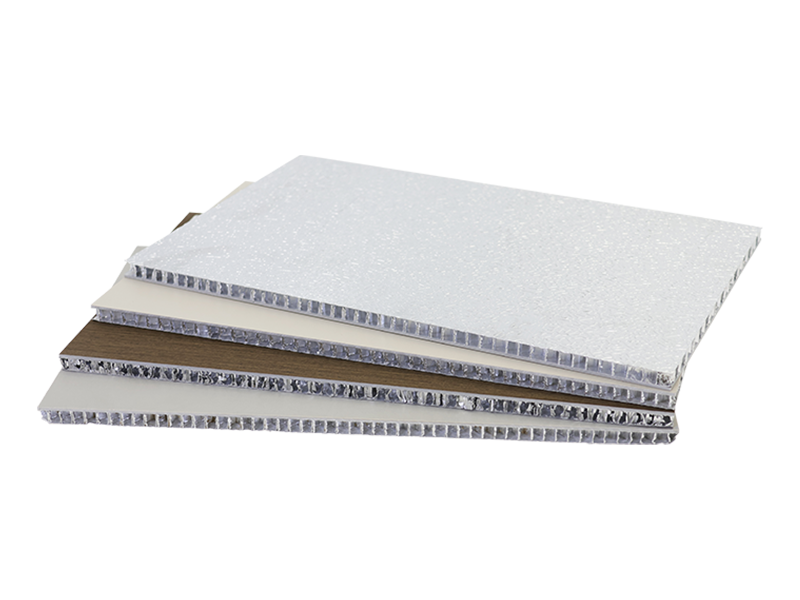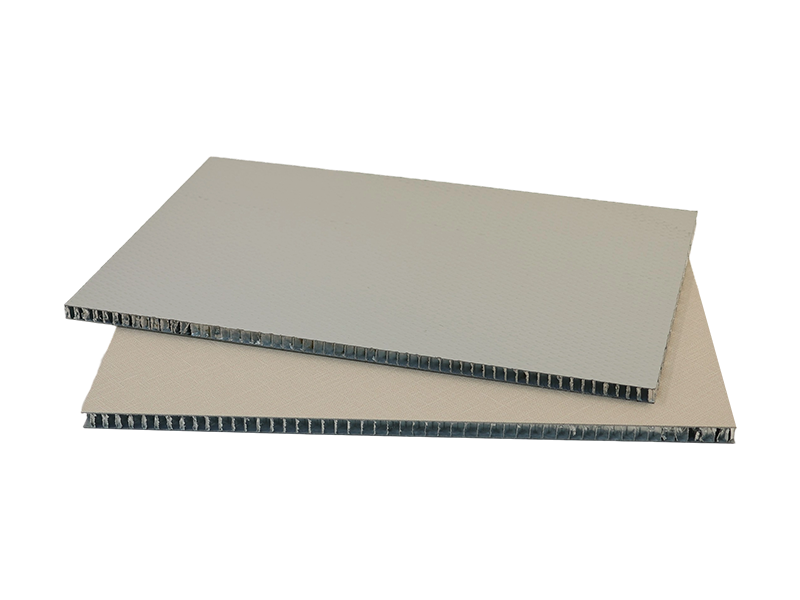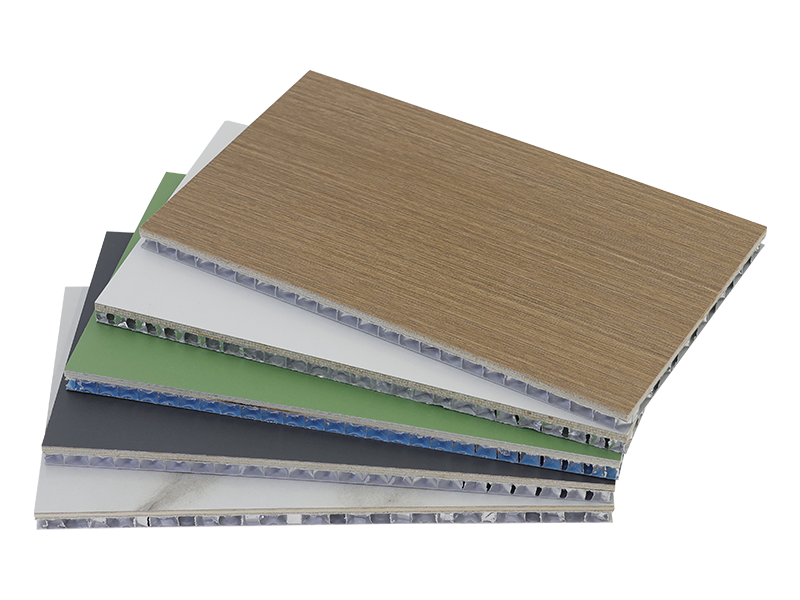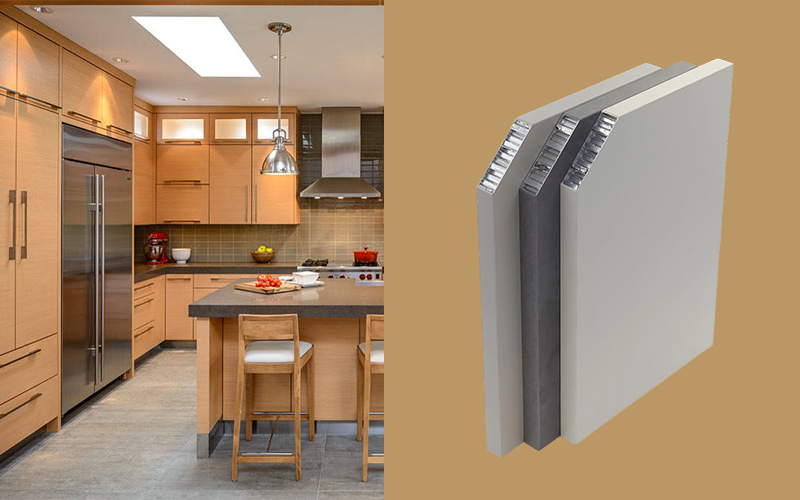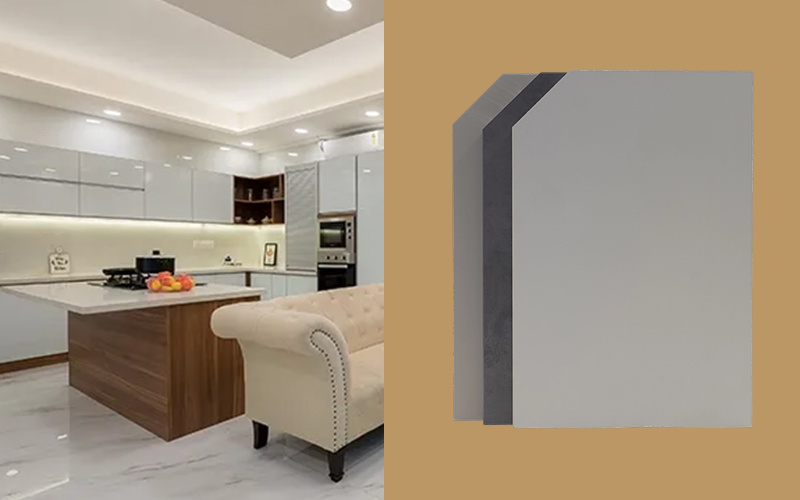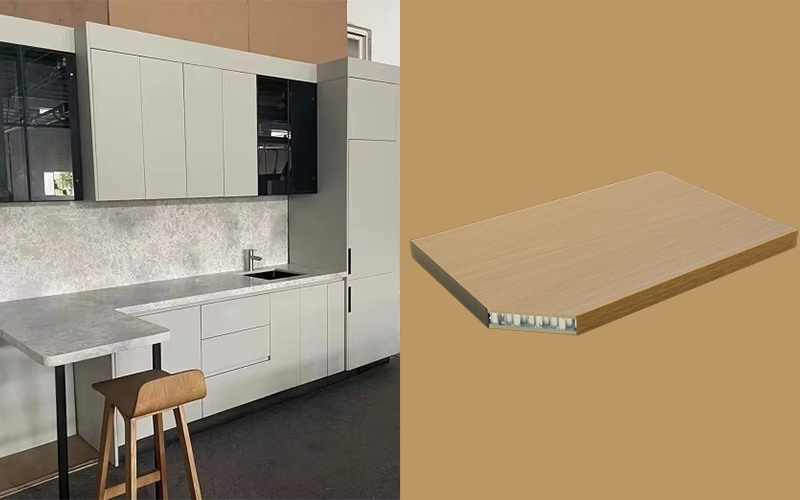Oct 01,2025
Exploring the Benefits of Honeycomb Panels in Modern Architecture: A Comprehensive Guide
Get Quote NowExploring the Benefits of Honeycomb Panels in Modern Architecture
Table of Contents
- 1. Introduction to Honeycomb Panels
- 2. What Are Honeycomb Panels?
- 3. Advantages of Honeycomb Panels in Construction
- 3.1 Lightweight Design and Its Benefits
- 3.2 Strength and Durability
- 3.3 Thermal Insulation Properties
- 3.4 Environmental Benefits of Honeycomb Panels
- 4. Applications of Honeycomb Panels in Modern Architecture
- 5. Innovations in Honeycomb Panel Technology
- 6. Installation and Maintenance of Honeycomb Panels
- 7. Conclusion: Embracing Honeycomb Panels in Future Designs
- 8. FAQs
1. Introduction to Honeycomb Panels
In the realm of modern architecture, the search for innovative materials that offer both functionality and aesthetic appeal is constant. As architects and builders strive to create structures that are not only visually striking but also sustainable and efficient, honeycomb panels have emerged as a popular choice. These panels offer a unique combination of lightweight properties and exceptional strength, making them ideal for various applications. This article delves into the multifaceted benefits of honeycomb panels, illustrating why they are becoming an integral part of contemporary architectural designs.
2. What Are Honeycomb Panels?
Honeycomb panels are composite materials that consist of a core made from a honeycomb structure sandwiched between two outer layers, typically made from metal, plastic, or other materials. The innovative design mimics the natural honeycomb structure found in beehives, which is renowned for its strength-to-weight ratio. This design principle allows honeycomb panels to maintain a lightweight profile while exhibiting impressive structural integrity.
The versatility of honeycomb panels extends across various materials, including aluminum, fiberglass, and even wood, each contributing to their unique properties. The construction of these panels can be tailored to meet specific performance requirements, making them suitable for a wide range of architectural applications.
3. Advantages of Honeycomb Panels in Construction
The increasing popularity of honeycomb panels can be attributed to several inherent advantages that they offer over traditional building materials.
3.1 Lightweight Design and Its Benefits
One of the most notable characteristics of honeycomb panels is their lightweight nature. This quality significantly reduces the overall weight of structures, leading to several benefits:
- **Easier Handling and Transportation**: The reduced weight makes honeycomb panels easier to transport and handle on-site, minimizing labor costs and time.
- **Structural Efficiency**: Lighter materials can lead to less demanding structural requirements for the supporting framework of a building, allowing for more efficient use of materials and resources.
3.2 Strength and Durability
Despite their lightweight profile, honeycomb panels offer exceptional strength and durability:
- **High Load-Bearing Capacity**: Honeycomb panels are designed to withstand significant loads, making them suitable for various applications, including flooring and wall systems.
- **Resistance to Environmental Factors**: Many honeycomb panels exhibit resistance to moisture, corrosion, and pests, enhancing their longevity and reducing maintenance needs.
3.3 Thermal Insulation Properties
Honeycomb panels also provide superior thermal insulation, contributing to energy efficiency in buildings:
- **Temperature Regulation**: The air-filled honeycomb structure acts as an insulator, helping maintain consistent indoor temperatures. This can lead to lower heating and cooling costs.
- **Environmental Impact**: Improved energy efficiency not only benefits the building occupants but also contributes to reduced overall energy consumption, supporting sustainable building practices.
3.4 Environmental Benefits of Honeycomb Panels
The environmental advantages of honeycomb panels make them an appealing choice for eco-conscious builders:
- **Sustainable Materials**: Many honeycomb panels are manufactured using recycled materials, contributing to waste reduction in the construction industry.
- **Recyclability**: At the end of their life cycle, honeycomb panels can often be recycled, minimizing their environmental footprint.
4. Applications of Honeycomb Panels in Modern Architecture
Honeycomb panels are versatile and can be utilized in various architectural applications, including:
- **Interior Design**: Honeycomb panels are frequently used for interior walls, ceilings, and partitions, providing aesthetic appeal while maintaining functionality.
- **Exterior Facades**: Their lightweight and durable nature makes honeycomb panels ideal for exterior cladding, allowing for striking architectural designs.
- **Furniture and Fixtures**: The material's flexibility allows for the creation of modern furniture pieces, cabinets, and fixtures that are both stylish and practical.
5. Innovations in Honeycomb Panel Technology
As technology continues to advance, the development of honeycomb panels has also evolved:
- **Smart Materials**: Some manufacturers are incorporating smart materials into honeycomb panels, enabling features like self-healing capabilities and enhanced thermal regulation.
- **Customizable Designs**: Advances in manufacturing allow for more customized panel designs, catering to the specific aesthetic and functional needs of modern architecture.
6. Installation and Maintenance of Honeycomb Panels
The installation process for honeycomb panels is relatively straightforward, contributing to their appeal:
- **Quick Installation**: Their lightweight nature and interlocking designs facilitate rapid installation, reducing labor costs.
- **Minimal Maintenance**: Due to their durability and resistance to environmental factors, honeycomb panels require minimal maintenance, saving time and resources over their lifespan.
7. Conclusion: Embracing Honeycomb Panels in Future Designs
In conclusion, honeycomb panels represent a cutting-edge solution for modern architecture, offering a wealth of benefits that align with the industry's evolving needs. With their lightweight design, exceptional strength, and environmental advantages, these panels are transforming the way architects and builders approach construction. As we continue to embrace innovative materials like honeycomb panels, we pave the way for more sustainable, efficient, and aesthetically pleasing structures in the future.
8. FAQs
1. What materials are honeycomb panels made from?
Honeycomb panels can be constructed from various materials, including aluminum, fiberglass, and plastic, each offering unique properties suitable for different applications.
2. Are honeycomb panels suitable for outdoor use?
Yes, many honeycomb panels are designed with durability and resistance to environmental factors, making them suitable for outdoor applications, such as exterior cladding and facades.
3. How do honeycomb panels contribute to energy efficiency?
Honeycomb panels provide excellent thermal insulation due to their air-filled core, helping to regulate indoor temperatures and reduce energy consumption for heating and cooling.
4. Can honeycomb panels be customized for specific projects?
Absolutely. Advances in manufacturing technology allow for customizable designs tailored to the unique aesthetic and functional needs of individual projects.
5. What is the lifespan of honeycomb panels?
The lifespan of honeycomb panels can vary based on the materials used and environmental conditions, but they are generally designed to be durable and long-lasting, often exceeding 20 years with proper maintenance.
Related News
Distributor Following
Welcome same-minded global partners to expand your local market together!
You need to meet the following conditions:
1. Some experience in the Building Materials Industry
2. There are certain sales channels available
3.Love and decide to explore the local market together
Whatsapp: +86 19926019345
Welcome to leave a message!


